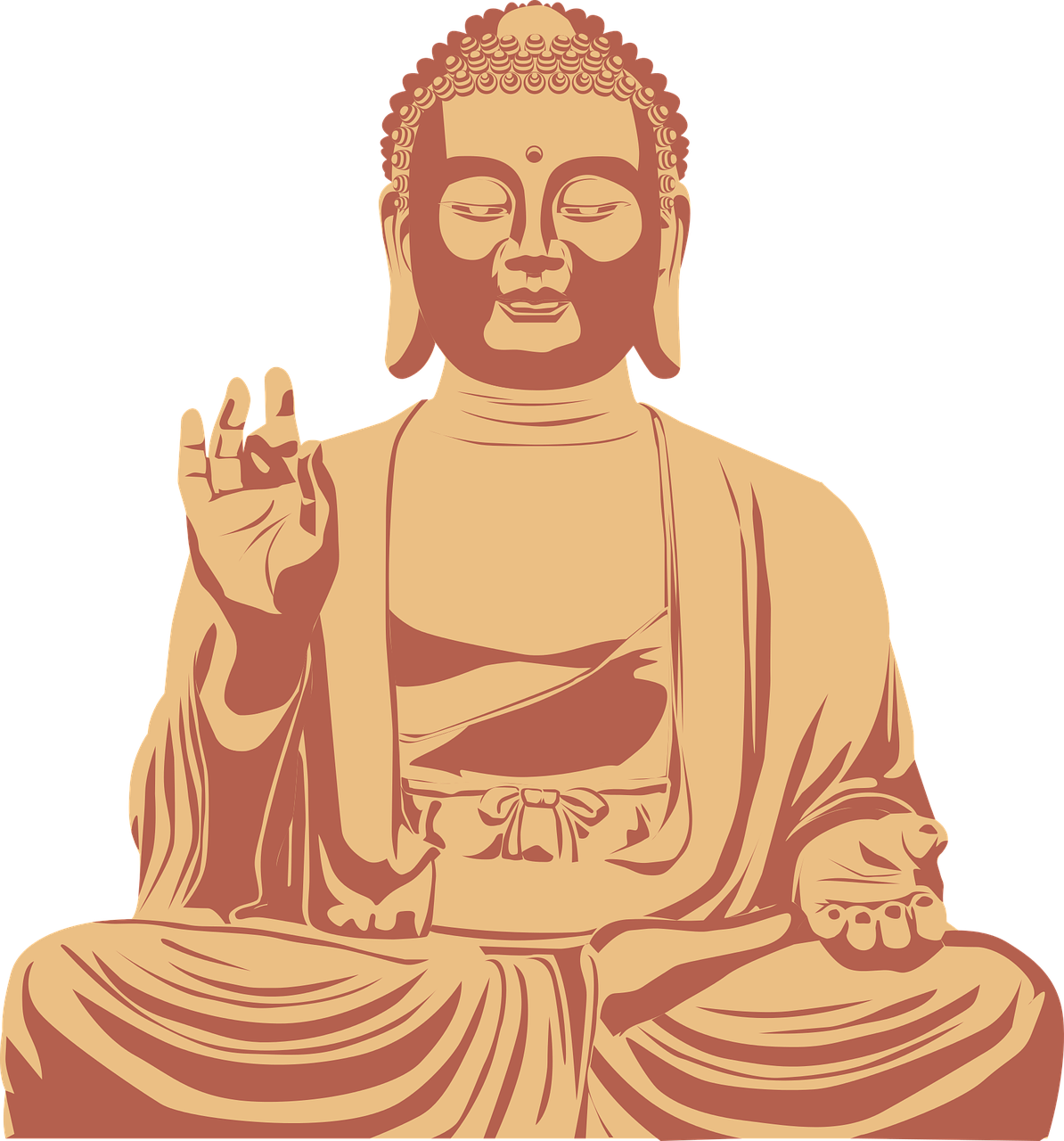 Submitted by Krishna Dhanya on
Submitted by Krishna Dhanya on

pixabay.com
The word “Buddha” brings an image of a laughing bald man with a gigantic belly to most Western minds.This image of the Buddha has become so common that it is ingrained in our psyche. This might be because he often appears in sculptures in Chinese restaurants, where he is a symbol of luck, wealth, and abundance.
But this depiction of Buddha is not of the founder of Buddhism. In fact, it is another person entirely. And one common depiction of the historical Buddha, as we will see, could not be more different than the jolly, laughing figure we’ve come to know.
Pu-Tai, the Laughing Buddha
Like the Buddha, Pu-Tai, the Laughing Buddha, is based on a real person. He was originally a Zen monk who lived in China 1000 years ago. His kindness and generosity were legendary, so much so that he was regarded as a bhodisatva, a kind of Buddhist saint. Furthermore, it was said that in the future he would be a Buddha (which explains why he’s called the Laughing Buddha then, doesn’t it?)
Pu-Tai has morphed overtime to become the deity of contentment and abundance. He is depicted with a cloth sack that never empties, from which he can pull rice plants, other food stuffs, and candy for children. He’s a protector of poor and weak children, a bit like a bald Santa Claus without the yearly worldwide errand. Another common feature of Pu-Tai sculptures is his signature bulging belly, bald head, and laughing expression. He wears monks robes and carries a begging bowl, a common symbol of the Buddhist monastic tradition.
Siddhartha Gautama, the founder of the Buddhist philosophy, is often depicted, on the other hand, as a living skeleton. The Buddha was born a prince in Lumbini, in what is now Nepal His father, responding to a prophecy that claimed young Siddhartha would be either a great emperor or a great holy man, sheltered his son from the ills of the world. Siddhartha lived a life of hedonism, where every whim was indulged. But eventually he discovered sickness, old age, and death in spite of his father’s best efforts, and he set out to discover why people suffer and if there was a way out of it.
To do this, he traveled to India and attached himself to various yogis and gurus who practice the strict ascetic teachings of the time. This included extreme exercise and self denial, in a bid to quiet the urges of the body and beat the mind into submission. Siddhartha Gautama surpassed all of his teachers, punishing himself for six long years. He starved himself near to the point of death, so that by the time he finally rejected the path of the extreme ascetic and sat down under the Bodhi tree at Gaya in India to achieve Enlightenment, he looked like a walking skeleton.
While the depiction of the Buddha as skeletal is not precisely common these days, it isn’t uncommon either. It is meant to show the folly of extreme asceticism, and it also shows the potential for transformation (since Buddha survived his dangerous experimentation and lived forty-five more years.)
http://www.oddlyhistorical.com/2014/02/25/fat-buddha-skinny-buddha/
Sources:
“The Laughing Buddha.” ReligionFacts.com. Religion Facts. Accessed on: February 5, 2014. Retrieved from: http://www.religionfacts.com/buddhism/deities/laughing_buddha.htm
Bailey, Sarah Pulliam. “American Zenophillia.” Humanities. March/April 2010, Volume 31 Number 2. Retrieved from: http://www.neh.gov/humanities/2010/marchapril/feature/american-zenophilia